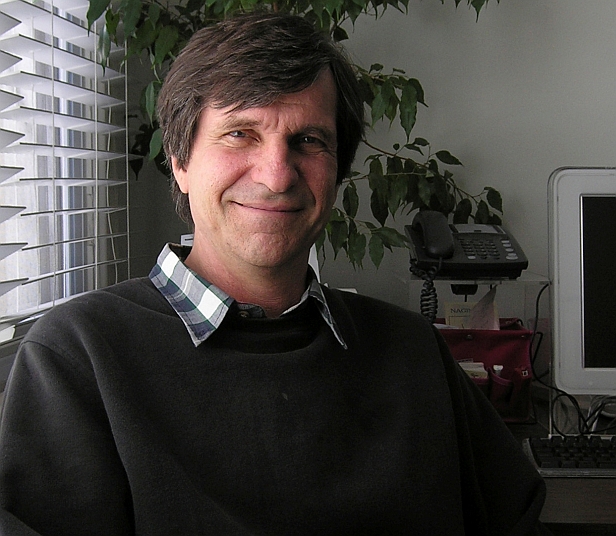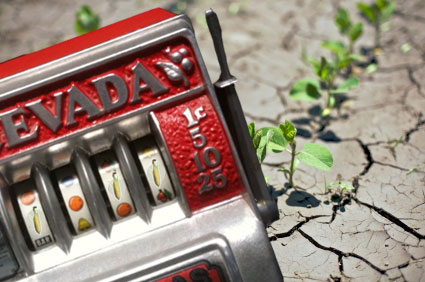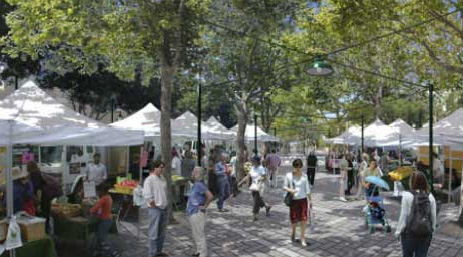[vodpod id=Video.16106617&w=425&h=350&fv=]
Honolulu, Hawaii
Illustrations courtesy Urban Advantage
Imagine some ugly, underused street in your town, marked by drab buildings, wide streets, and forbidding expanses of parking lot. If you have to go here at all, chances are you’d prefer to drive. Now imagine it remade into a place where you’d actually want to walk or bike. There would be broad sidewalks, trees, and streetfront buildings with ground-level windows. There would be other people walking around too.
Picture this in your mind, if you can. If you can’t, digital artist Steve Price might be able to help. Price builds Flash animations that show what blighted urban landscapes would look like if they became healthier, safer, and more sustainable places. Here’s a rendering of Columbia Pike in Arlington, Va., in five steps:
Columbia Pike, Arlington, Va.
Price’s Berkeley firm, Urban Architecture, builds “photo-realistic visualizations” like the ones above for developers, design firms, and local governments seeking approval for their ideas. The Miami suburb of Kendall, for example, used Price’s work to pass a walker-friendly master plan.
The work, done mostly with Photoshop, rests on the premise that seeing a proposed development can be more useful to people than receiving lots of information about it. There are limits, says Price, to explaining a design proposal with things like dwelling-units per acre, setbacks, building heights, traffic volumes, and vehicle-miles traveled. They might be perfectly good arguments, he says. They’re just not how people come to understand and support civic changes.
 Steve Price“Everybody kind of nods and agrees and knits their brows as they listen to statistics and information about economic development,” Price said of the public meetings he’s attended. “Then they see the pictures, and that’s when the smiles occur. And the ‘oohs’ and ‘ahs.’ There are two hemispheres of the brain, and it’s almost like two different people in everybody’s head, and they respond to the world in very different ways.”
Steve Price“Everybody kind of nods and agrees and knits their brows as they listen to statistics and information about economic development,” Price said of the public meetings he’s attended. “Then they see the pictures, and that’s when the smiles occur. And the ‘oohs’ and ‘ahs.’ There are two hemispheres of the brain, and it’s almost like two different people in everybody’s head, and they respond to the world in very different ways.”
Price got his start in this arena as a concerned citizen, arguing in the mid-1990s that two Bay Area Rapid Transit stations near his home didn’t need to be surrounded by parking lots. His wife is Japanese, and he’d seen much more walker-friendly train stations in Osaka. He built illustrations based on those.
His previous fine arts work—painting and drawing figures in panoramic landscapes—influenced his approach. “I’ve always been very interested in how visual communication affects people in a completely different way than verbal communication,” he said. “And how profoundly people can be changed without them even being conscious of it, simply by seeing different models.”
Twin Cities, Minn.
Price’s projects fit within the realm of New Urbanism, a design philosophy that stresses public spaces, compact design, and smart use of energy and other resources. He says he’s worked with designers who “gold-plate” their proposals with fancy pavement, expensive streetlamps, and elaborate architecture—much of which doesn’t survive in final plans. But the essential elements, he finds, are wide sidewalks, street-front windows, buildings that aren’t hiding behind parking lots—and trees.
“Street-side trees are big things,” he said. “It’s biophilia–people just love living green things in their environment. And transparency on ground floors of shops, and awnings. There are certain design standards that seem to be surefire ways of getting positive reactions from people. It really doesn’t require super expensive design work and architecture.”
The illustrations tend to feature mature trees, which take years to grow, and blue skies, which are difficult for even the best urban planners to guarantee. And, of course, the images are projections of the future. Every step of planning, permitting, financing, and building brings potential changes. No project built off Price’s images has turned out exactly as he rendered it, he says, but “generally the ultimate build-out followed the same design rules.” There is an element of uncertainty, as there is with any development proposal.
But allowing investors, planning officials, and neighbors to see a version of what the future could look like eliminates some fear of the unknown.
That’s why Price’s work holds promise for promoting human-scale communities and even fighting climate change. Our fossil-fuel economy may be sputtering, but at least it’s familiar, unlike some mysterious green-tech future. And do we really want environmentalists—who have been nagging and scolding the public for decades—in charge of engineering resilient homes, vehicles, food systems, and workplaces? It can be just plain difficult for Americans to picture homes, neighborhoods, and towns that are sustainable and still pleasant to live in.
Visual depictions like Price’s take some of the guesswork out of envisioning that future. And helping people see what the future could be is a key step in recruiting them to help build it.
Lancaster Boulevard in Lancaster, Calif.



